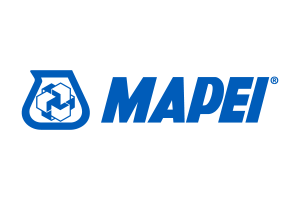At Asphaltech, we take pride in being leading installers of below grade waterproofing, or more commonly known as tanking membranes. Essential for effective waterproofing in below-ground environments.
What are Tanking Membranes?
Tanking membranes serve as a critical barrier against water ingress, particularly in basements and foundations, protecting structures from moisture and flooding. Our experienced team understands the importance of a reliable waterproofing solution, which is why we tailor our approach to meet the unique needs of each project, ensuring optimal performance and longevity.
Using high-quality materials and advanced installation techniques, we create watertight seals that safeguard against structural damage and mold growth. Our commitment to excellence is reflected in our meticulous attention to detail throughout the installation process, from initial assessment to final application. With Asphaltech, you can trust that every tanking membrane installation is designed to deliver lasting protection, providing you with peace of mind and confidence in your building’s integrity.
Below grade waterproofing or Tanking as it is called is an application of a waterproofing membrane to the below ground structure to prevent water ingress to the building or structure like basements ,carparks and below ground buildings. It can be used a a precautionary measure above ground to stop or prevent dampness to the structure.
TANKING SYSTEMS EXPLAINED
There are 3 specific ways of doing tanking membrane. A full encapsulation which wraps the full structure of the below ground building from under the complete slab and up the sides of the building. Then there is the partial applied system which just covers the basement walls and the membrane terminates at footing level. Under the floor slab and footings are usually wrapped in a DPM of 250 microns to 500 microns. The last way to treat below grade water is a wet wall system where the site has been piled and a internal drain system is used to get rid of the water. There are usually water stops used in the system to prevent water at the cold joints and a DPM membrane for under slab conditions.
DRAINAGE
Below grade Drainage is a great way of managing water and is another preventative method of reducing the risk of water penetration below ground. This should be thought about at the design stage of building and proper information should be provided by the geotechnical engineer.
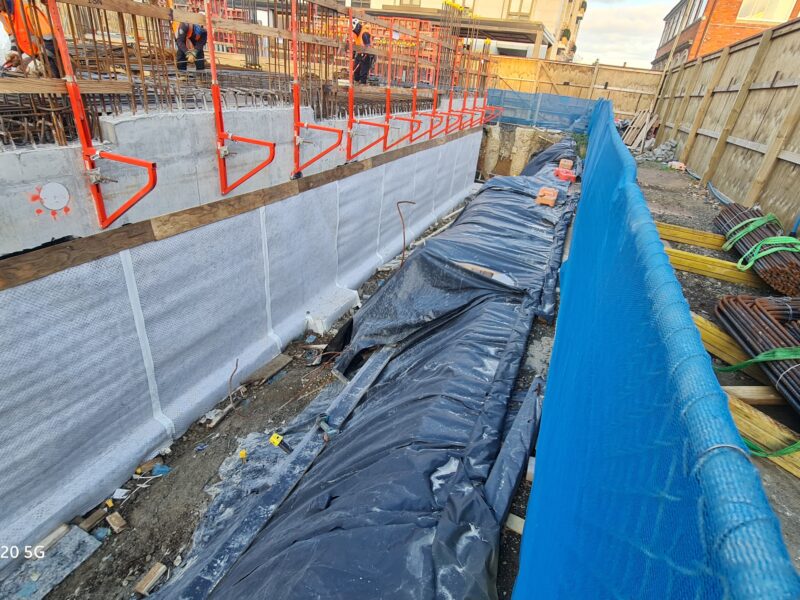
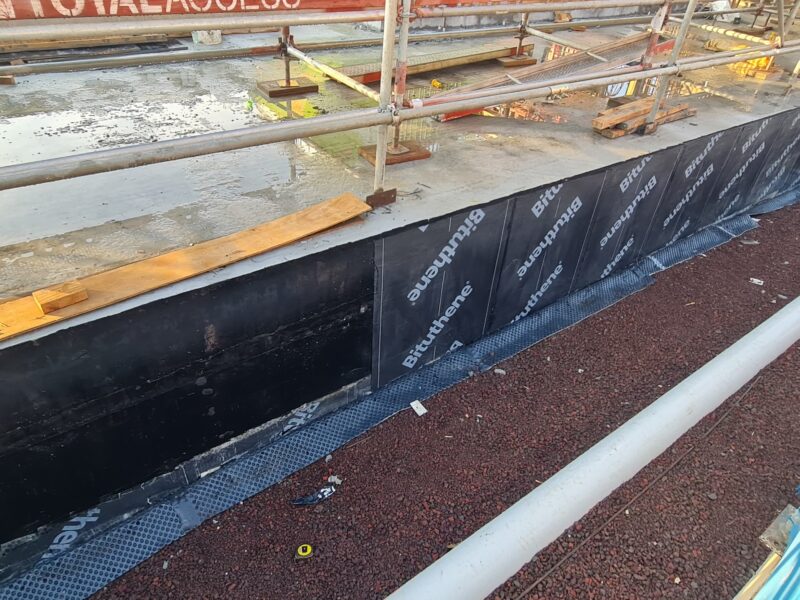
What are the benefits of a Tanking Membrane?
- Structural integrity
- Mould growth
- ProtectsProtects the longevity of the building
- EconomicLowers bills when waterproofed and insulated
- Piece of mindPrevent future structural costs and repairs
- Structural integrity
What are the types of Tanking membrane?
Types of tanking membranes may vary and all have there use and place in the market.
The most common types are Bituminous liquid applied or Bituminous sheet membranes which have been used and applied for hundreds of years. These sheets are usually torch applied or a peel and stitch variety is used.
Bentonite is an interesting product. The bentonite granules are stitched into a sheet fabric and attached to the structure via chemical adhesion. When water penetrates the bentonite, it absorbs the water and expands to stop water penetration.
PVC and thermoplastics are a further way of tanking the structure and are usually chemically adhered to the structure. The laps are hot air welded.
Accessories. Water bars are usually used are stitch joints, pile caps and cold joints on concrete pours.
Insulation is used to protect the membrane and increase the warmth to the structure
Drainage mats are used to manage water and protect the sheet membrane during and after installation
Additives to the concrete can also work as a barrier to water in the tanking walls and floor slab.
Asphaltech has vast experience installing Custom Tanking Solutions for Basements and Foundations
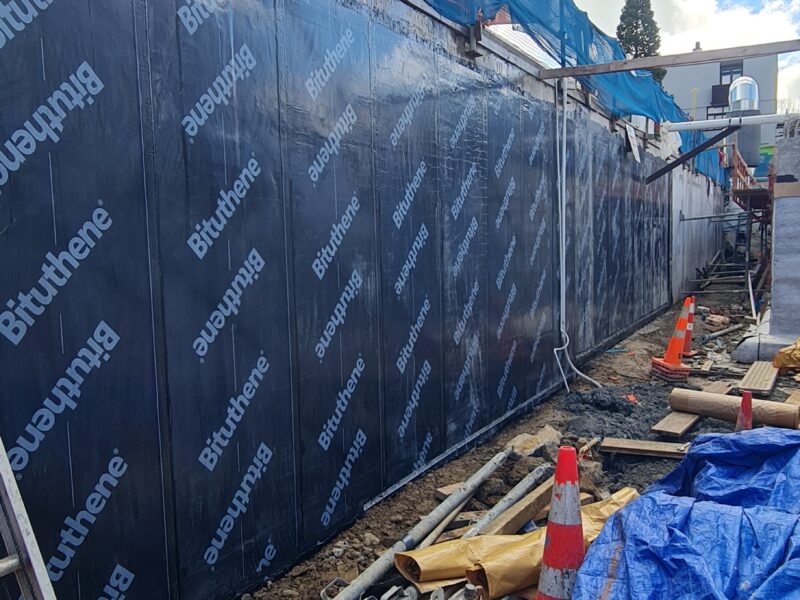
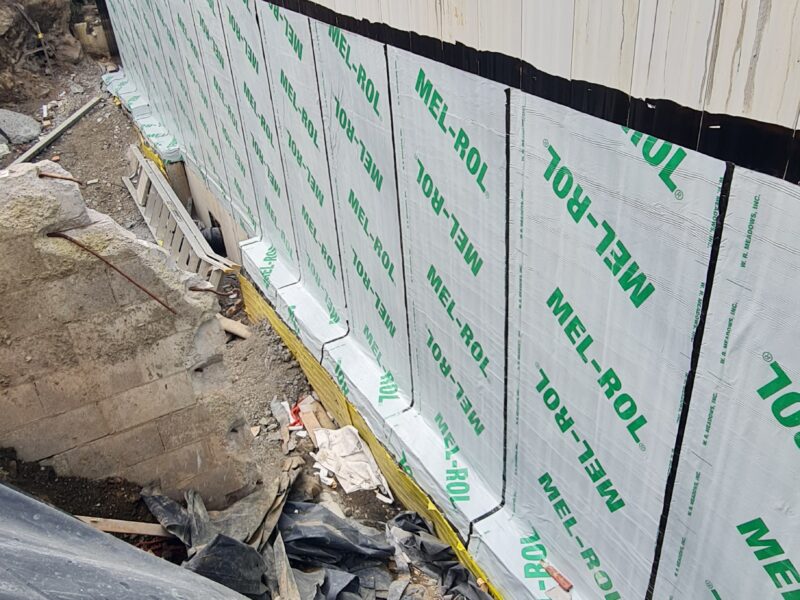
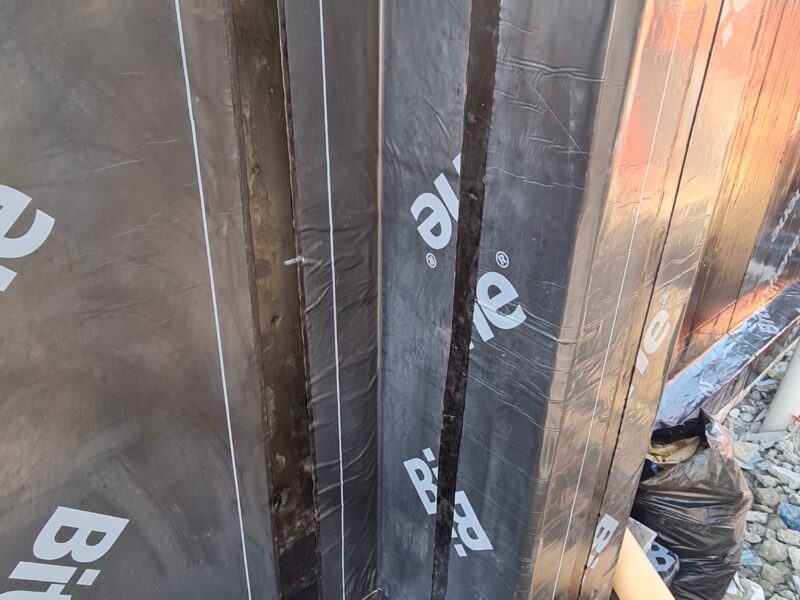
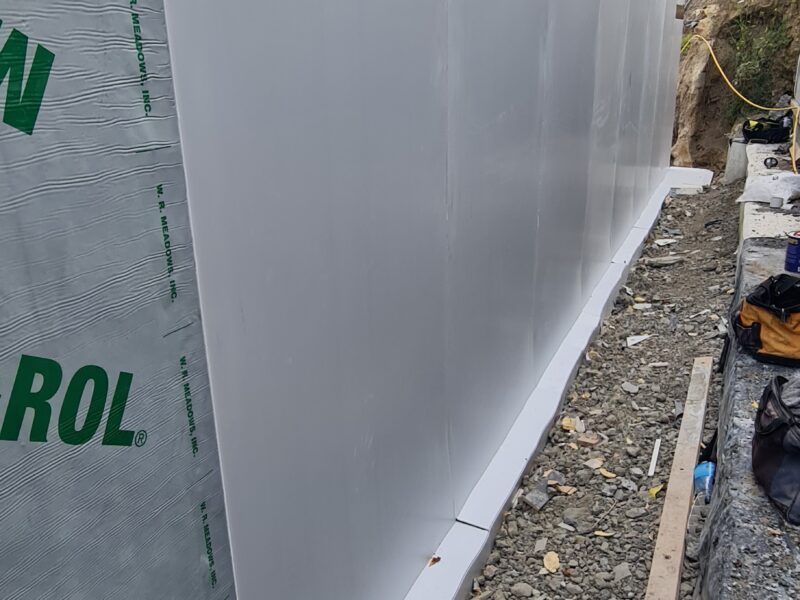
Speak to Asphaltech today for a basement to roof waterproofing solution.
Call 09 475 9725



